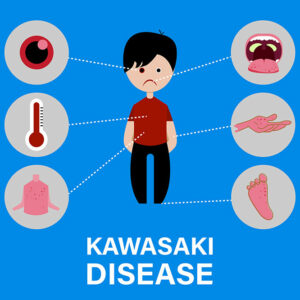
01
Causes, Risk Factors, and Prevention of Multiple Myeloma
Our bodies are made up of different kinds of cells. Blood cells are an important type of cell that is further bifurcated into three parts, namely white blood cells, red blood cells, and platelets. Each type of blood cell plays an essential role in the human body. Red blood cells remove carbon dioxide from the body and carry oxygen to the tissues. Platelets prevent bleeding by forming blood clots. While blood cells are an essential part of the immune system and help fight infection and protect the body from foreign substances. There are several types of white blood cells. B lymphocytes are a type of white blood cells that become plasma cells upon identifying antigens in the body. Plasma cells and multiple myeloma Plasma cells produce antibodies that fight antigens, otherwise known as harmful foreign substances. These cells are normally present in the bone marrow in a limited number, but they can turn into a tumor upon abnormal cell multiplication. The tumor can turn cancerous and may cause multiple myeloma, a type of blood cancer. While scientists do not know the exact cause of multiple myeloma, they have conducted studies on how certain DNA changes can cause the plasma cells to turn cancerous and form a tumor. Multiple myeloma can lead to a loss of red blood cells, causing anemia. It can also decrease the number of platelets in the blood, which causes increased bleeding and bruising. Multiple myeloma even causes a shortage of white blood cells that leads to problems in fighting infections. Medical researchers and doctors who have been studying multiple myeloma are looking for a cure and methods to prevent this disease. Preventing it becomes less challenging when one knows the risk factors and early signs of cancer. Identifying the risk factors and taking the right measures to eliminate the risk can be an effective way to prevent multiple myeloma.
Read More 










